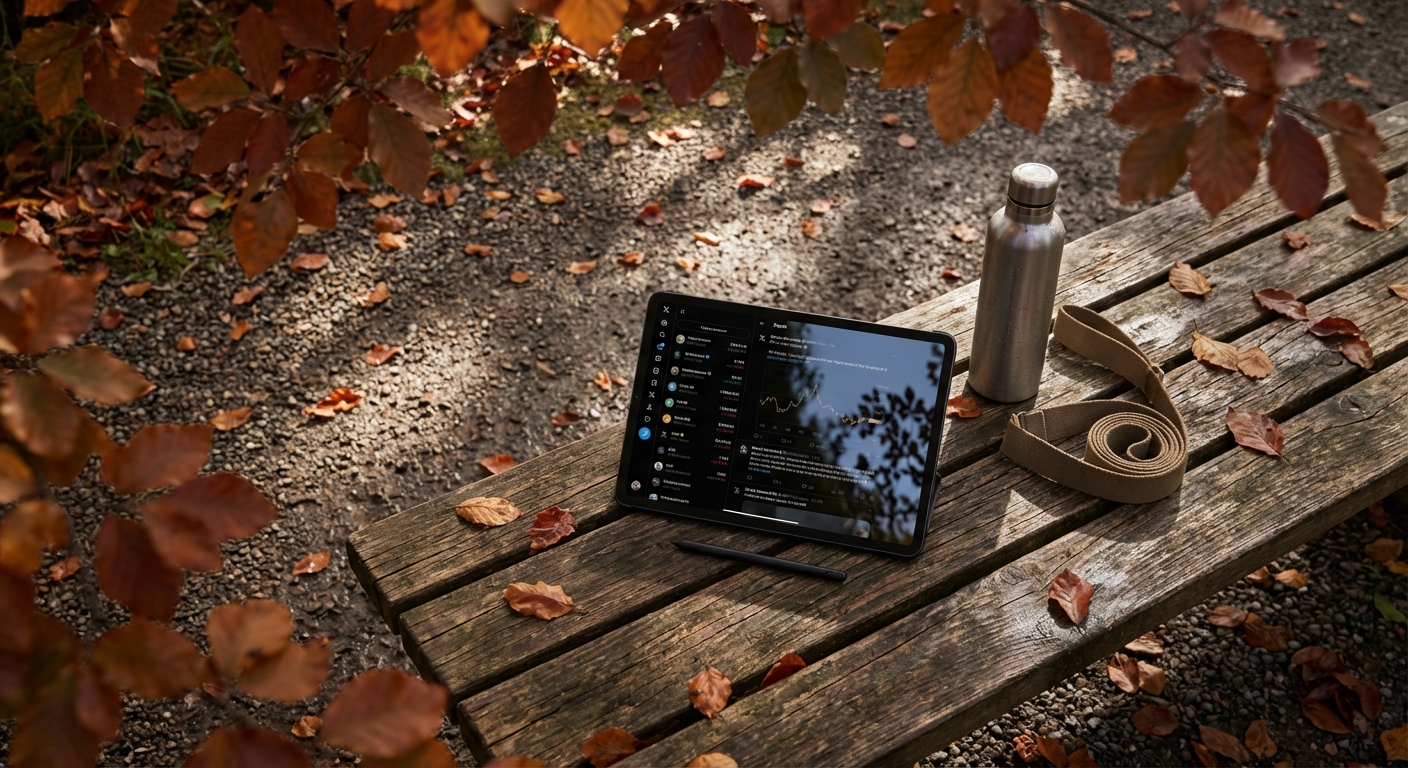
In the evolving landscape of crypto stock trading, traders are constantly seeking tools that offer a strategic edge. Two concepts gaining significant traction among both institutional and retail participants are Fair Value Gaps (FVGs) and Order Blocks (OBs). When used together, these Smart Money Concepts (SMC) can shine a light on hidden market inefficiencies and institutional footprints, allowing traders to anticipate high-probability setups rather than react to them.

What Are Fair Value Gaps (FVGs) in Crypto Trading?
A Fair Value Gap occurs when the price of an asset moves so aggressively in one direction that it leaves a visible gap between the high/low of one candle and the low/high of the next. This gap is not just a chart anomaly; it represents an area where liquidity was thin, creating a temporary imbalance. In crypto markets, these imbalances are often filled as price revisits these zones to seek equilibrium before resuming its original trend.
The strategic significance? FVGs act as magnets for price action. Traders watch these gaps closely, anticipating that price will retrace into them before continuing its movement. For example, after an explosive bullish move on Bitcoin or Ethereum, you might notice a gap left behind on the 4-hour chart. This area becomes a probable target for short-term pullbacks or entries for continuation trades.
Understanding Order Blocks: The Institutional Footprint
Order Blocks are zones where major players – think funds and market makers – have placed substantial buy or sell orders. These blocks are typically identified by a final down candle before a sharp bullish move (bullish OB), or an up candle preceding a strong bearish drop (bearish OB). When price returns to these levels, it often reacts with force due to lingering institutional interest.
The interplay between OBs and FVGs is where things get compelling. If you spot an FVG forming right at an order block zone, you’ve found what’s called a confluence zone. These areas frequently act as springboards for decisive moves because they combine both liquidity imbalances and institutional intent.
Tactical Approaches: Combining FVGs and OBs for High-Probability Setups
The real power lies in combining these two concepts into actionable strategies:
- Identify Confluence Zones: Scan for areas where FVGs overlap with fresh order blocks. This overlap signals both market inefficiency and institutional orders waiting to be filled – dramatically increasing your odds of catching meaningful reversals or continuations.
- Entry Tactics: For the FVG Fill Strategy, wait until price retraces into the gap, then watch for confirmation such as rejection wicks or bullish engulfing candles before entering long positions. For an OB Entry Strategy, monitor pullbacks into well-defined order blocks aligned with prevailing trend structure; enter only upon clear reversal signals like volume spikes or strong candlestick patterns.
- Risk Management: Place stop-losses just beyond your chosen OB or outside the boundaries of the FVG to minimize drawdown if your thesis proves incorrect. Take profits at previous swing highs/lows or at unfilled gaps further along the trend path.
This dual-layered approach is especially potent in volatile markets like crypto stocks, where whipsaws can easily trap undisciplined traders but reward those who wait patiently for confluence and confirmation.
Seasoned traders know that success in crypto stock trading setups is not just about spotting patterns but understanding the narrative behind price movement. When you integrate FVG strategy crypto with order block analysis, you’re essentially aligning your trades with the footprints of smart money and the market’s natural tendency to seek equilibrium. This approach can dramatically improve your win rate, especially when paired with disciplined risk management.
Multi-Timeframe Analysis: Enhancing Reliability
One of the most effective ways to strengthen your FVG and OB strategies is through multi-timeframe analysis. Higher timeframe (HTF) gaps and blocks, such as those on the 4-hour or daily charts, carry more weight than those on shorter timeframes. For instance, a 4-hour FVG that overlaps with a daily bullish OB provides a robust zone for potential reversals or trend continuations. Always begin your analysis on HTFs to identify major zones, then refine entries using lower timeframes for precision.
Confirmation: The Missing Link in ICT Trading Concepts
Avoid falling into the trap of blindly trading every gap or block you see. Instead, apply confirmation signals. These might include:
- Candlestick reversal patterns (e. g. , pin bars, engulfing candles)
- Volume spikes at confluence zones
- Divergence on RSI or other momentum indicators
- Breaks in market structure supporting your directional bias
This extra layer of validation helps filter out false signals and keeps you aligned with genuine institutional activity, a cornerstone of modern ICT trading concepts.
Comparison of Fair Value Gaps (FVGs) vs Order Blocks (OBs) for Crypto Traders
| Aspect | Fair Value Gaps (FVGs) | Order Blocks (OBs) |
|---|---|---|
| Definition | Price gaps formed by aggressive market moves, representing temporary inefficiencies. | Areas where large institutional orders are placed, causing strong price reactions. |
| How They Form | Created when price moves quickly in one direction, leaving a gap between candles. | Formed by a significant buy/sell order from institutions, often seen before strong moves. |
| Trading Signal | Act as magnets for price to revisit and fill the gap before continuing trend. | Act as support (bullish OB) or resistance (bearish OB) when price returns to the zone. |
| Identification | Look for gaps between previous candle’s high/low and next candle’s low/high. | Identify the last down (bullish OB) or up (bearish OB) candle before a large move. |
| Entry Strategy | Wait for price to retrace into the FVG and look for confirmation signals (e.g., rejection wicks). | Wait for price to pull back into the OB and confirm with candlestick or volume signals. |
| Risk Management | Place stop-loss just beyond the FVG; target previous swing highs/lows or unfilled FVGs. | Place stop-loss just beyond the OB; take profit at key levels or next OB. |
| Best Use Cases | Spotting potential retracement zones and market inefficiencies. | Identifying institutional interest and strong reaction zones. |
| Reliability | More reliable on higher timeframes and with confirmation. | Highly reliable when aligned with market structure and confluence with FVGs. |
| Combining Both | Confluence of FVG and OB increases probability of a strong price reaction. | Use together for robust trading strategies and higher probability setups. |
Practical Example: Applying FVGs and OBs in a Live Crypto Market
Let’s say Ethereum experiences an aggressive rally, leaving an FVG between $3,200 and $3,350 on the 4-hour chart. Simultaneously, a bullish order block sits between $3,180 and $3,230. As price retraces into this confluence zone, you observe a bullish engulfing candle accompanied by increased volume, your cue for a high-probability long entry. Stop-loss is set just below $3,180 (the OB boundary), while take-profit targets previous highs or the next unfilled FVG above.
This type of setup is repeatable across major crypto assets and stocks that exhibit similar liquidity dynamics. The key is patience, wait for price to come to your levels rather than chasing moves impulsively.
Risk Management: Protecting Your Capital in Volatile Markets
No matter how compelling a setup looks, robust crypto risk management remains non-negotiable. By sizing positions conservatively and respecting stop-losses placed outside key FVG/OB boundaries, you shield yourself from unexpected volatility spikes common in both crypto and equity markets. Consider using trailing stops as price moves favorably to lock in gains while giving trades room to breathe.
If you’re new to these concepts or want to test their effectiveness before risking capital, consider backtesting on historical data or using demo accounts provided by major platforms. Many modern charting tools now offer built-in scanners for both FVGs and order blocks, making it easier than ever to spot high-probability zones automatically.
The synergy between Fair Value Gaps and Order Blocks offers traders not just technical clarity but also insight into the underlying forces that drive markets, namely liquidity imbalances and institutional positioning. By focusing on areas where these two concepts converge, and layering in confirmation, you can build resilient strategies that stand up even in today’s fast-paced environment.






